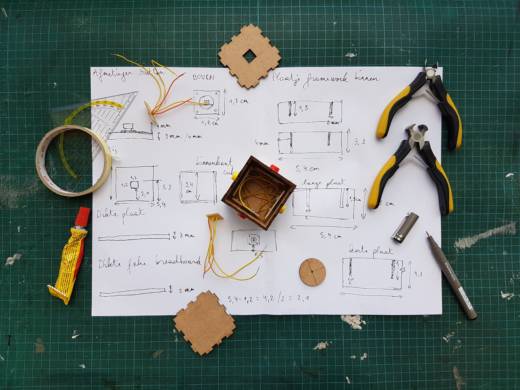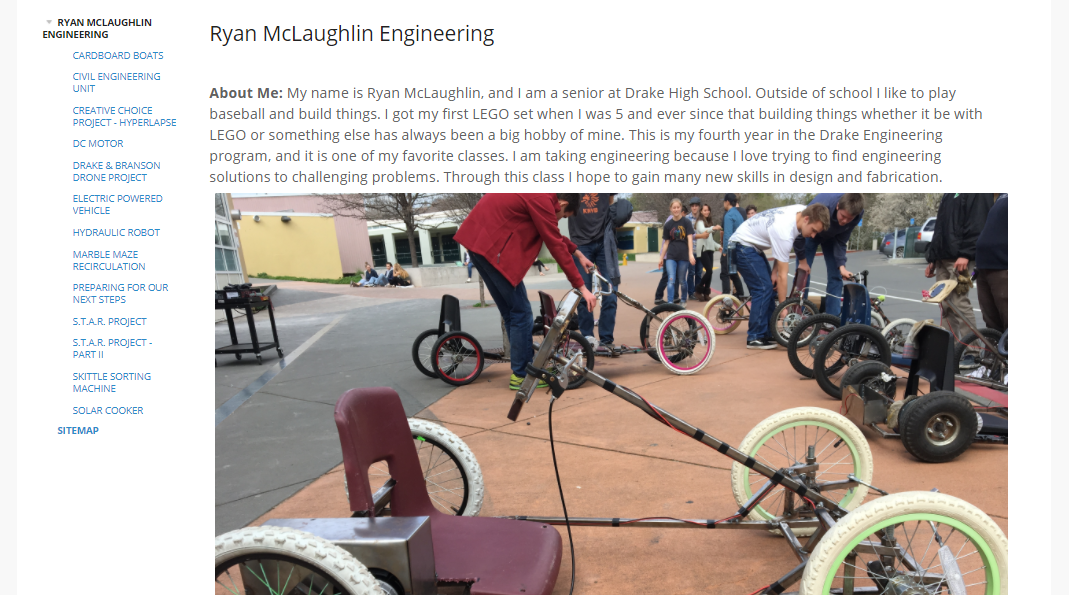“How long are we going to be doing this?” A student speaks up, his tone and body language at the computer clearly communicate his stance: “I didn’t sign up for web design.” Our high school’s project based Engineering classes are held in an expansive makerspace with 20-foot ceilings, a full woodshop, an enclosed welding lab, massive tool cabinets and heavy work tables with loud metal stools. My efforts as a new teacher to have students create online project portfolios pulled us from the workshop and put us in the neighboring computer lab. Students resisted; they had just finished their first project and were eager to start the next. My novice teacher response was to keep repeating that portfolios were worth 25% of the semester grade and to please write about their results. I landed myself in the uncomfortable position of awarding B’s and C’s to students who would have otherwise received high A’s. Since those early days in my teaching career, I have iterated, improved and learned a lot about portfolio uses, benefits and implementation strategy.
Day One
This year, my new Engineering Design students immediately start working on their first project: making hydraulic robots that are to pick up a tennis ball and to put it into a cup in as little time as possible. I mention nothing of portfolios. Students build their machines in the first two weeks of class, getting familiar with the shop, each other and the flow of a work period. I make sure to include “in as little time as possible” when first describing the challenge so that the following makes sense on evaluation day: “You will have the first half of the period to attempt the challenge. Because I can’t be everywhere with the official stopwatch at once, the no-cell-phone policy is lifted. You are to capture a video of your best result and I’ll evaluate what I see there.” The energy and excitement are project-finale high. Students hustle to capture videos and rush around to watch their peers’ performances. I project a countdown on the big screen and when the buzzer goes off, we leave the shop together. Students are animated in the hall, talking about the project. In the computer lab, I model creating a simple Google Sites web page with an embedded video. They do so and email me the link. Portfolio creation happens just like that, without resistance. Students are excited to share their results.
Afterwards, I explain the importance of portfolios. I explain how every job, scholarship and college application now has a space for a portfolio link. I describe a simple portfolio structure: a main “Landing Page” with a picture they captured, a blurb about themselves and a list of their projects, where each project name links to a page containing project pictures, videos and reflections. One page per project, that’s it.
Here’s an example student portfolio.

